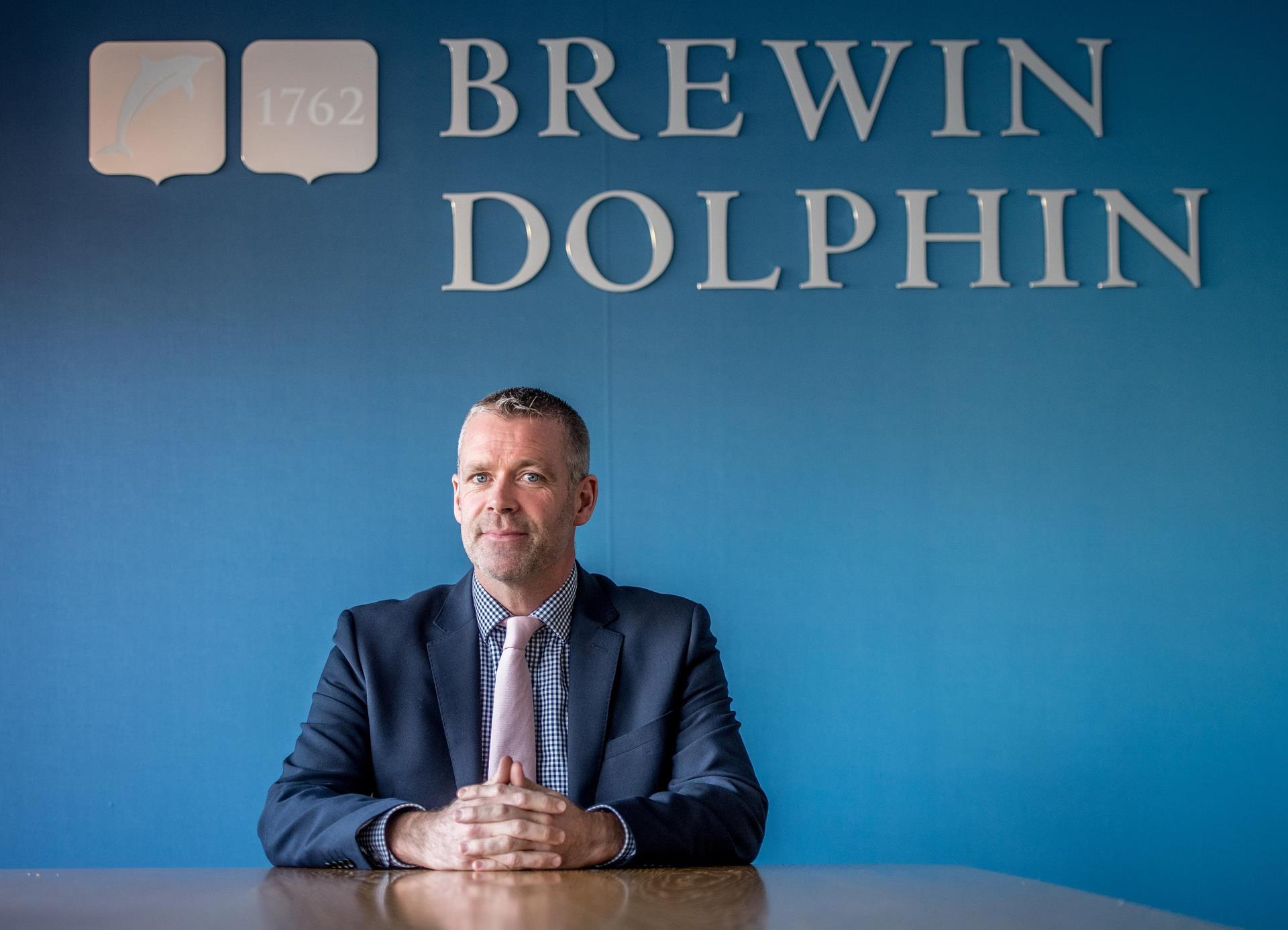Graeme Milne, Divisional Director at Brewin Dolphin, discusses how to know if you’ve saved enough money for your future.
‘Have I saved enough money?’ ‘When can I retire?’ ‘Will I run out of money in later life?’ Most of us have asked ourselves at least one of these questions.
They’re difficult questions to answer because they’re dependent on your unique circumstances. You won’t find the answer via an internet search or by chatting with your friends, colleagues or neighbours.
Your current lifestyle, whether you have children, what you plan to do in life, and how your money is invested are just some of the factors that will have a bearing on your future finances.

What is ‘enough’?
Working out whether you’ve saved enough money is difficult because you first need to define what ‘enough’ is. What is enough for you could be very different to what was enough for your parents and grandparents.
Again, it will depend on things like your spending patterns and aspirations for the future. By figuring out your goals, how much you’ll need to achieve them and setting a timeline, you’ll have something concrete to work towards.
To really understand if you’ve saved enough money, you’ll need to piece together all the parts of your financial puzzle – and this is where cashflow modelling can help.
No crystal ball required
It might seem like you need a crystal ball to model your future finances, but this isn’t the case. Financial planners use sophisticated cashflow modelling software to provide clarity over your future and help you answer life’s all-important questions.
By collecting information about your current finances and goals, cashflow modelling enables your financial planner to build a full picture of your life and give a projection of when you’re likely to run out of money.
Once the initial picture has been built, your financial planner can use the software to show the effect of saving more, working longer, or reducing spending in retirement. This effectively enables you to ‘rehearse your future’ by exploring multiple ‘what if?’ scenarios.
Financial roadmap
Having clarity over your future will help you determine the changes you need to make today. Your financial planner can help you implement these changes, whether that means investing more money, making the most of tax reliefs and allowances, or reducing expenditure.
You might find you have more than you need, in which case the best course of action might be to spend and give away more money or retire earlier than planned.
It’s important to bear in mind that cashflow modelling is just one of the tools in a financial planner’s armoury. A financial planner will take the time to get to know you, your family and your goals. By understanding where you are now and where you want to be, they’ll design a financial roadmap to help you realise your dreams.
Find out more
At Brewin Dolphin, we combine our local expertise and personalised financial planning with sophisticated cashflow modelling software to help you achieve your ambitions. To find out more, visit the Brewin Dolphin website or email me Graeme.Milne@brewin.co.uk
Disclaimers
The value of investments can fall and you may get back less than you invested.
Tax treatment depends on the individual circumstances of each client and may be subject to change in the future.
Information is provided only as an example and is not a recommendation to pursue a particular strategy.
Opinions expressed in this publication are not necessarily the views held throughout Brewin Dolphin Ltd.
